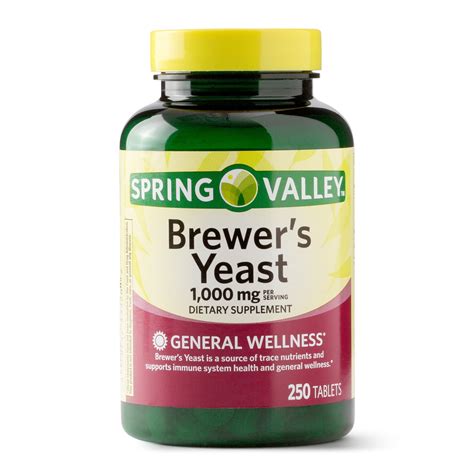Plum Damson Merryweather

The Plum Damson Merryweather is a lesser-known but intriguing fruit that has garnered attention for its unique characteristics and potential uses. This fruit is a type of plum, belonging to the Prunus domestica species, and is known for its rich, sweet flavor and firm texture. The Plum Damson Merryweather is often described as a hybrid of a plum and a damson, another type of fruit that is closely related to plums.
Origins and History

The origins of the Plum Damson Merryweather are not well-documented, but it is believed to have originated in the United Kingdom, where it has been cultivated for centuries. The fruit is thought to have been named after the Merryweather family, who were known for their expertise in fruit cultivation and breeding. Over time, the Plum Damson Merryweather has gained popularity among fruit enthusiasts and chefs, who appreciate its unique flavor and versatility.
Cultivation and Growing Conditions
The Plum Damson Merryweather is a relatively easy fruit to grow, provided it is given the right conditions. It prefers well-drained soil and full sun, making it an ideal choice for gardeners with sunny plots. The tree itself is relatively small, growing to a height of around 3-4 meters, and is known for its attractive white blossoms in the spring. With proper care and attention, the Plum Damson Merryweather can produce fruit for up to 20 years, making it a worthwhile investment for any fruit enthusiast.
| Characteristic | Description |
|---|---|
| Fruit size | Medium to large, around 5-7 cm in diameter |
| Fruit color | Deep purple with a blueish tint |
| Flesh texture | Firm, juicy, and sweet |
| Taste | Rich, sweet, and slightly tart |

Culinary Uses and Recipes

The Plum Damson Merryweather is a versatile fruit that can be used in a variety of dishes, from sweet treats like jams and preserves to savory meals like stews and salads. Its firm texture and sweet flavor make it an ideal choice for baking, and it pairs well with a range of ingredients, including almond, cinnamon, and ginger. For those looking to try something new, a Plum Damson Merryweather crumble or tart is a great place to start.
Health Benefits and Nutrition
In addition to its unique flavor and versatility, the Plum Damson Merryweather is also a nutritious fruit that offers a range of health benefits. It is high in fiber, vitamins, and minerals, making it a great choice for those looking to boost their overall health and wellbeing. The fruit is also low in calories and rich in antioxidants, making it an ideal choice for those looking to manage their weight or reduce their risk of chronic diseases.
- Rich in antioxidants and polyphenols
- High in fiber and vitamins A and C
- Low in calories and rich in minerals like potassium and magnesium
- May help to reduce inflammation and improve heart health
- May help to boost the immune system and reduce the risk of chronic diseases
What is the best way to store Plum Damson Merryweather fruit?
+The best way to store Plum Damson Merryweather fruit is in a cool, dry place, away from direct sunlight. The fruit can be stored at room temperature for up to 3 days, or in the refrigerator for up to 2 weeks.
Can I grow Plum Damson Merryweather trees in containers?
+Yes, Plum Damson Merryweather trees can be grown in containers, provided they are given enough space and the right conditions. A minimum pot size of 30-40 cm is recommended, and the tree should be watered and fertilized regularly.
Are Plum Damson Merryweather trees susceptible to any pests or diseases?
+Yes, Plum Damson Merryweather trees can be susceptible to pests like aphids and codling moths, as well as diseases like powdery mildew and brown rot. Regular pruning, watering, and fertilization can help to prevent these issues, and organic pest control methods can be used to treat any problems that arise.



